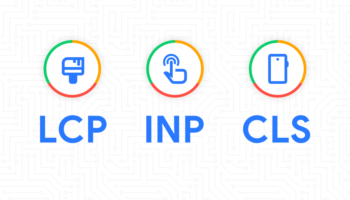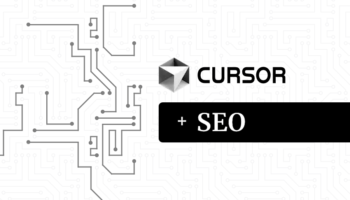The internet is changing, and fast. For years, the holy grail of digital marketing has been ranking high in Google’s traditional “10 blue links” search results. But with the rapid rise of AI, that landscape is shifting dramatically. Google’s new AI Overviews (and similar features from other platforms) are designed to provide direct answers, summarize content, and even plan entire trips, often without users ever clicking through to a website.
So, if traditional search traffic is set to decline, how do you ensure your business remains visible, authoritative, and relevant? The answer lies in two powerful, often underutilized tools: Schema Markup and your own Content Knowledge Graph.
The Looming Shift: From “10 Blue Links” to AI Overviews
Imagine you ask Google: “Where can I find a highly-rated financial consultant near me?” Instead of a list of websites, you might get a consolidated AI answer that provides:
- A summary of highly-rated local consultants.
- Their average review scores.
- Direct contact information.
- Even a map and suggested appointment times.
This is convenient for users, but potentially devastating for businesses whose content isn’t explicitly understood by AI. If Google’s AI can’t confidently identify your business as “the” authoritative source for a “Business Law Attorney in Metropolis,” you risk being overlooked entirely.
Enter Schema Markup: The Language AIs Understand
Think of Schema Markup as a universal language for search engines and AI. It’s code (JSON-LD) you add to your website that explicitly tells machines:
- “This is our Organization.”
- “This is our Local Business at this exact address.”
- “This is the Service we offer (e.g., ‘commercial landscaping design’).”
- “These are the Reviews from our happy customers.”
- “This is an FAQ with a clear question and answer.”
Without Schema, search engines have to guess what your content means. With Schema, you provide precise, undeniable facts.
Building Your Own “Content Knowledge Graph”
Simply adding Schema snippets here and there is a good start, but the real power comes from building a Content Knowledge Graph (CKG). This isn’t something Google builds for you; it’s something you build for Google’s AI.
A CKG is a semantic network of all the entities on your website and how they relate to each other. For a business with multiple branches and services, this means:
- Your Main Holding Company is clearly defined.
- Each Regional Office is linked directly to the main company.
- Each Product or Service (e.g., “premium pet grooming”) is explicitly linked to the specific location that provides it.
- Your Key Personnel, Case Studies, and Service Guides are all connected as authoritative sources.
Why is this a superpower? Because when Google’s AI generates an answer, it doesn’t just scrape text; it queries its own vast Knowledge Graph. By providing a clear, interconnected CKG via Schema Markup, you are essentially pre-populating Google’s understanding of your business, ensuring:
- AI Grounding: The AI “grounds” its answers in your verified facts, preventing “hallucinations” about your services or locations.
- Authoritative Citations: Your business is more likely to be cited as an authoritative source when the AI provides an answer related to your expertise.
- Enhanced Visibility: You increase your chances of appearing in AI Overviews, rich results, and Knowledge Panels, even if direct website clicks decline.
Future-Proof Your Digital Presence
The era of merely showing up in search results is evolving into an era of being understood by AI. Schema Markup and a well-constructed Content Knowledge Graph are no longer just an SEO advantage; they are an essential strategy for AI Readiness.
Don’t wait for your traffic to vanish. Start speaking the language of AI now, and ensure your business doesn’t just survive the AI revolution, but thrives in it. Secure Your AI Future: Contact Hall





